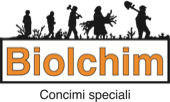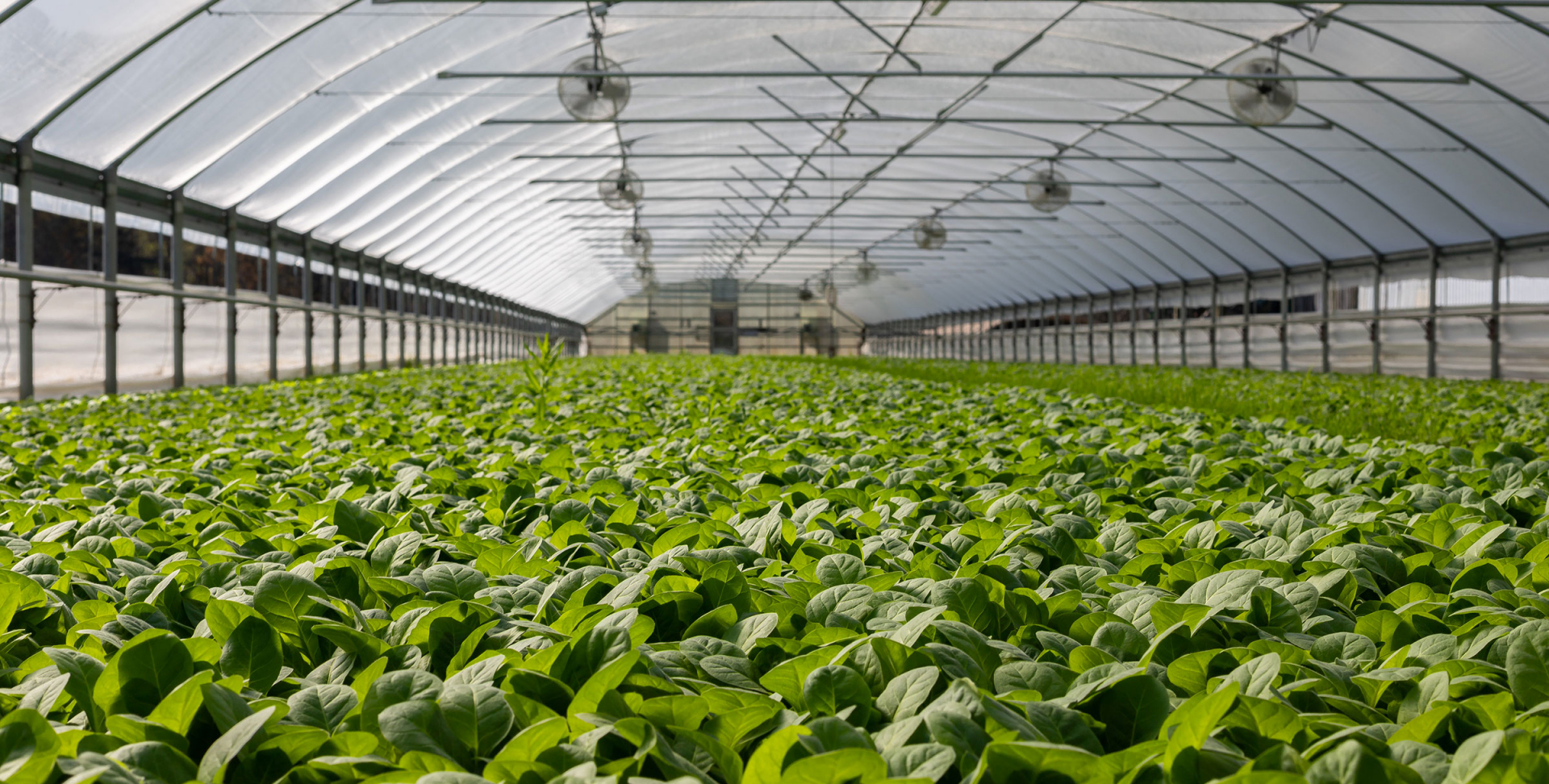Post-Harvest Fertilization: The Strategy That Improves Yield
An essential strategy to enhance plant nutrition after harvest and ensure a vigorous, high-quality production in the following season. Here is Biolchim's program
Post-harvest fertilization is a crucial agronomic technique to ensure optimal crop nutrition, especially after an intense production cycle, with effects that improve the following season. Contrary to what one might think, this intervention is not the last fertilization of the year but rather the first of the next cycle. It plays a crucial role in supporting the spring vegetative awakening, ensuring that plants have the necessary resources to face the new growth cycle.
When and how to intervene
Post-harvest fertilization is typically carried out in the autumn, between September and November (depending on the crops), when plants begin to prepare for their vegetative rest phase.
Timing is essential: intervening too early risks affecting plants still in full vegetative activity, while intervening too late, just before leaf fall, would reduce the treatment’s effectiveness. The leaves must still be photosynthetically active to absorb and transport nutrients to the reserve organs.
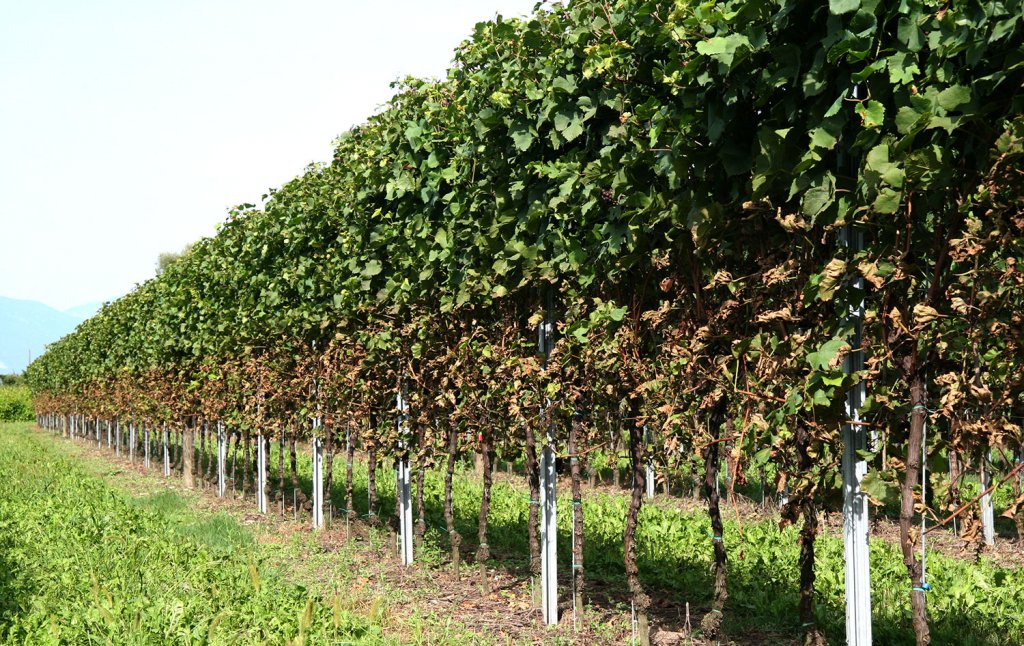
Benefits of post-harvest fertilization
The effects of post-harvest fertilization are visible in the following season, with a positive impact that can last until petal fall. One of the main objectives is to promote abundant and uniform flowering, with large, well-structured flowers.
Larger flowers are the foundation for bigger and higher-quality fruits. A good vegetative-productive potential allows for maximizing yield results.
This practice also helps to:
- reduce alternate bearing, stabilizing yields over time;
- optimize flower bud differentiation;
- promote fruit set both directly (due to the nutritional effect on buds) and indirectly (thanks to improved flowering);
- improve uniform bud break;
- facilitate the lignification of shoots and woody parts;
- increase tissue strength, making them more robust.
Biolchim’s proposal for optimal post-harvest fertilization
Biolchim, a leader in agronomic innovation, offers a range of targeted solutions for post-harvest fertilization. Its products are designed to optimize plant nutrition and ensure high performance.
Recommended combination:
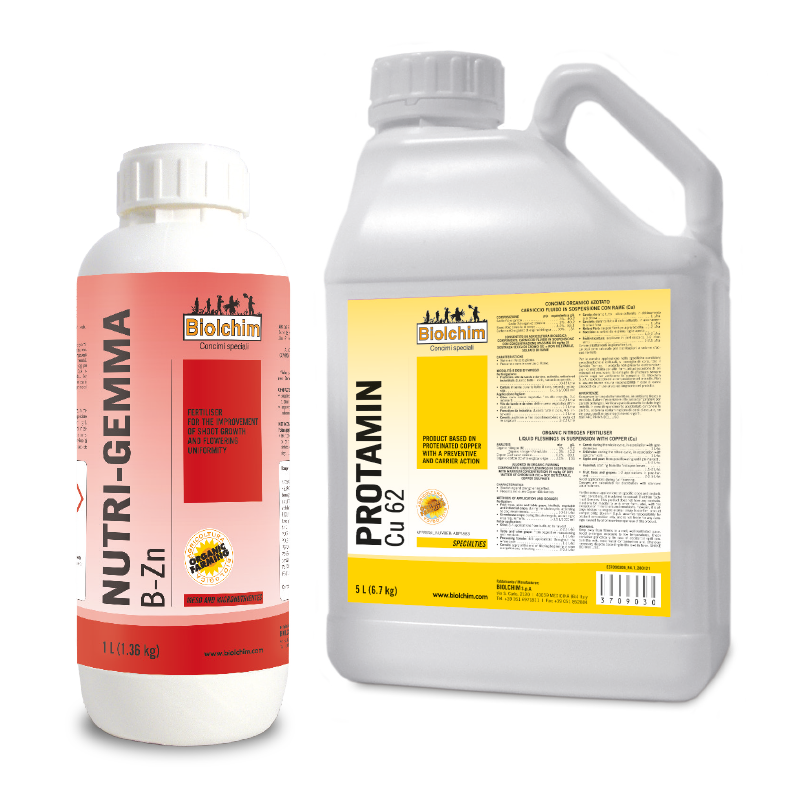
To nourish plants post-harvest, Biolchim recommends foliar application with two specialties from its catalog.
- PROTAMIN® Cu 62: a protein-based copper fertilizer with organic nitrogen and a good carbon supply. This product nourishes and strengthens the buds, helping plants restore the balance and reserves needed for generous and uniform bud break.
- NUTRI-GEMMA B-Zn™: a mix of boron ethanolamine (5%) and zinc citrate (5%) with glycine betaine, a molecule that acts as an anti-stress agent and osmoprotectant, especially useful in delicate phases.
To optimize boron absorption, it is advisable to slightly acidify the solution. In high-yielding or historically problematic bud break plants, repeating the treatment after 5-7 days may be beneficial.
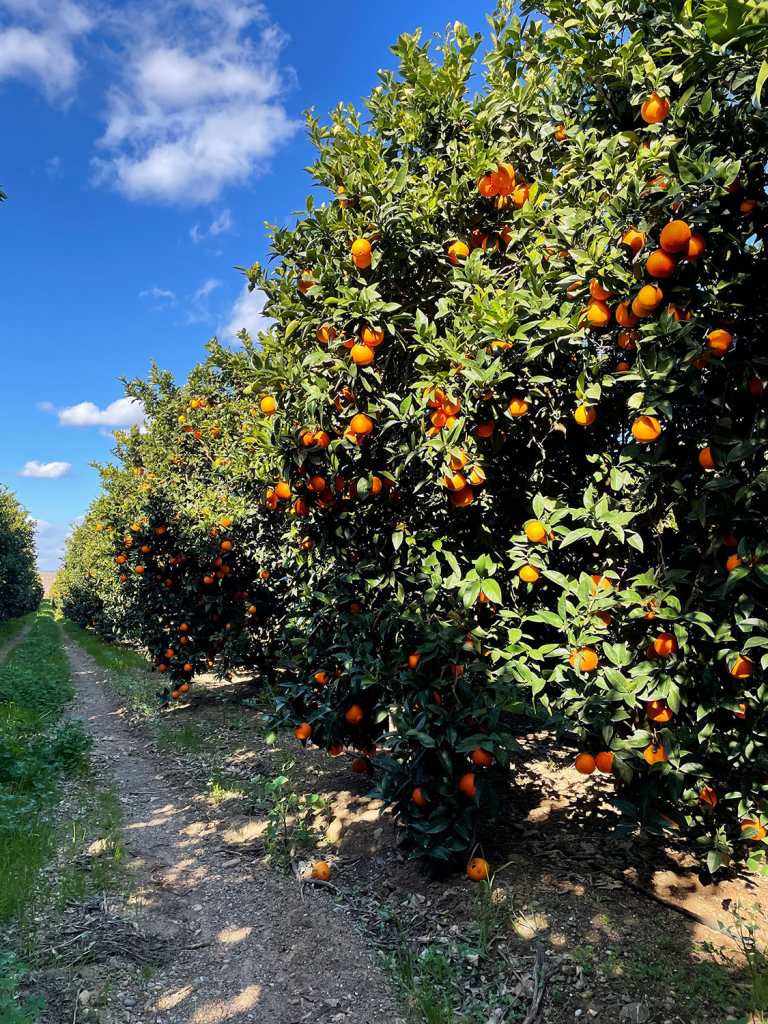
Crop-specific differences
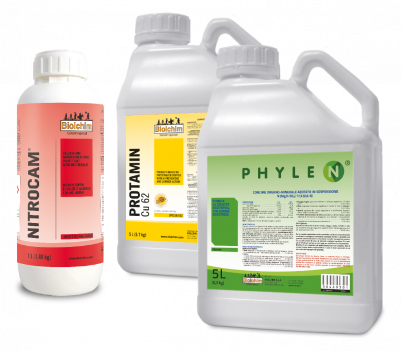
Different crops require slightly different fertilization strategies, particularly regarding timing and methods of intervention.
- Stone fruit, pome fruit, table and wine grapes: the suggested strategy involves foliar applications between September and October, ensuring treatment is repeated in hillside or problematic areas.
- Citrus: being evergreen plants, bud differentiation ends in late December/early January, when fruits are still present. This means interventions should be carried out between October and November and serve more as metabolic support rather than true post-harvest fertilization. In this case, Biolchim recommends using PROTAMIN® Cu 62 at reduced dosages in combination with PHYLEN™ (a slow-release nitrogen fertilizer with anti-stress action) or NITROCAM® (a double nitrate of magnesium and calcium with molybdenum).
- Olive trees: especially in intensive and super-intensive systems, post-harvest fertilization is crucial to support the following year’s production. This intervention helps promote abundant bud formation and improve the strength of plant tissues.
- Kiwi: synchronization between male and female plants is essential for maximizing production. In particular, in Central-Southern Italy, post-harvest fertilization synergizes with the use of the dormancy breaker BLUPRINS K™, amplifying the benefits on bud break and flowering.
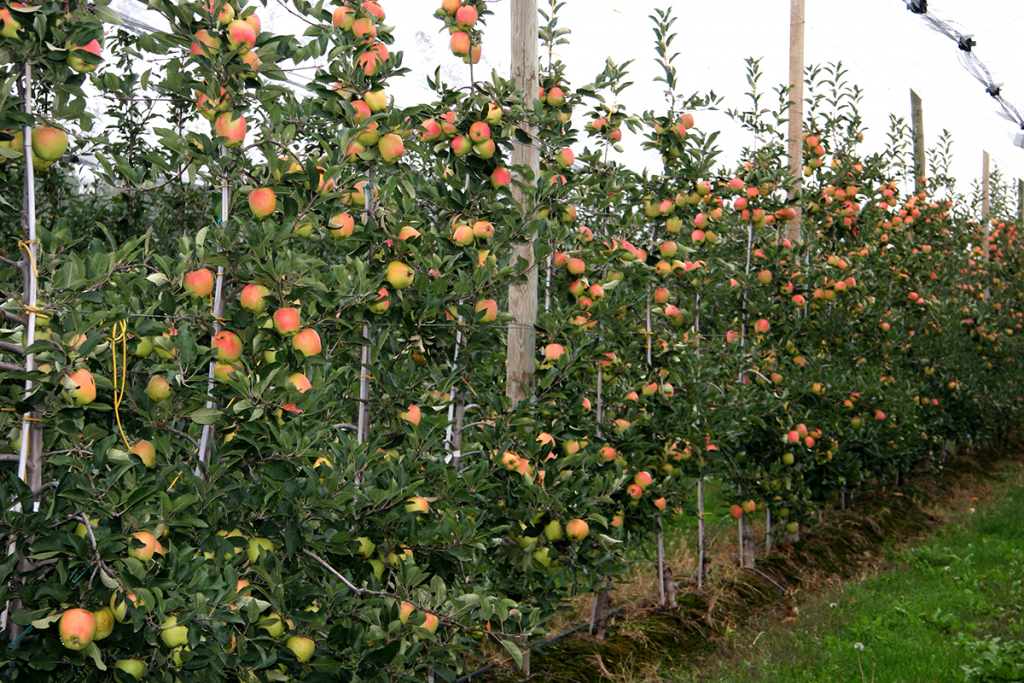
Soil applications
To restore soil fertility and support root activity, foliar fertilization can often benefit from a nutritional soil integration, provided via fertigation or basal fertilization. For this, Biolchim suggests using:
- KELIRON® TOP (iron chelate) and FULVUMIN™ (fertility and vitality fertilizer based on fulvic acids). These two formulations are used in fertigation and are particularly useful in calcareous soils;
- ORGA-KEM® 6.6.12: a pelletized organo-mineral fertilizer useful for rebalancing soil nutrient levels and supporting plant growth throughout the following spring.
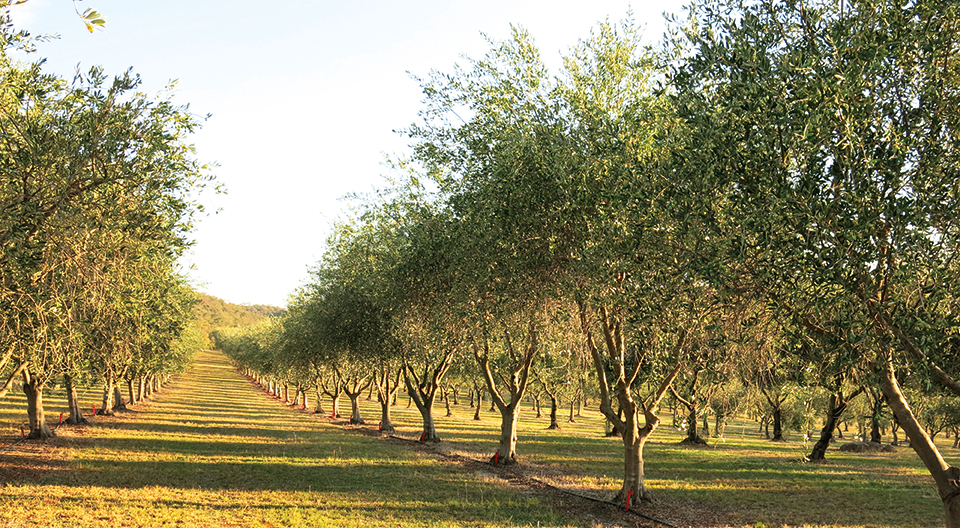
Conclusions
Post-harvest fertilization is a fundamental practice to prepare plants for the next cycle, increasing both the quality and quantity of production. Although not yet widely adopted, it represents a strategic investment to reduce alternate bearing and improve crop yield.
With its innovative products, Biolchim offers optimal solutions for farmers seeking to maximize their productive potential.



